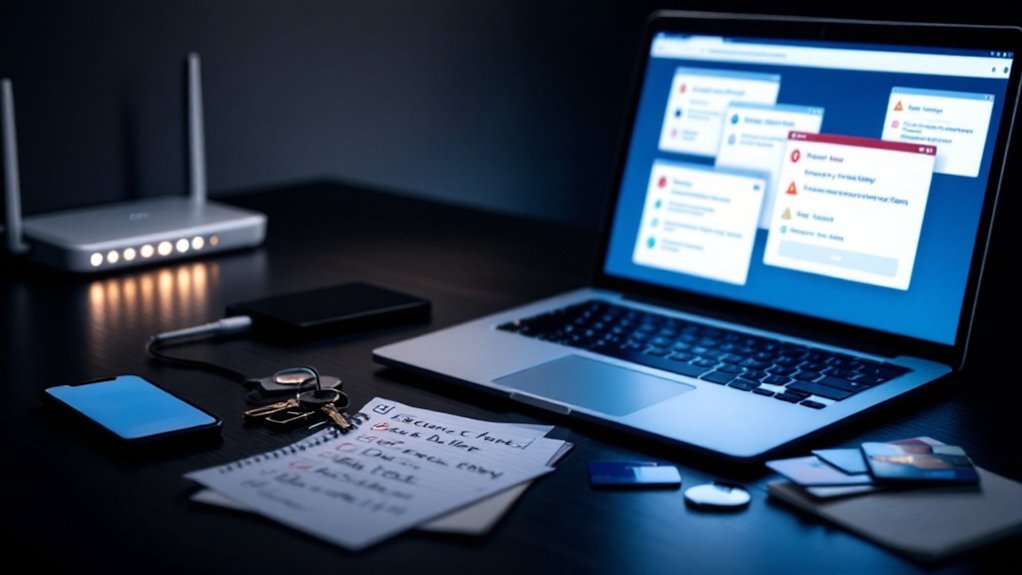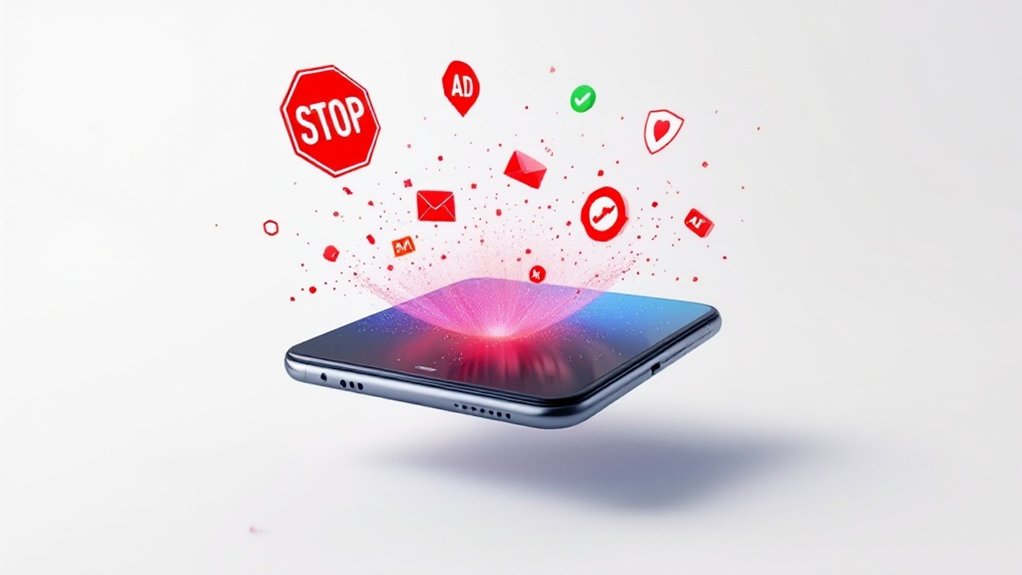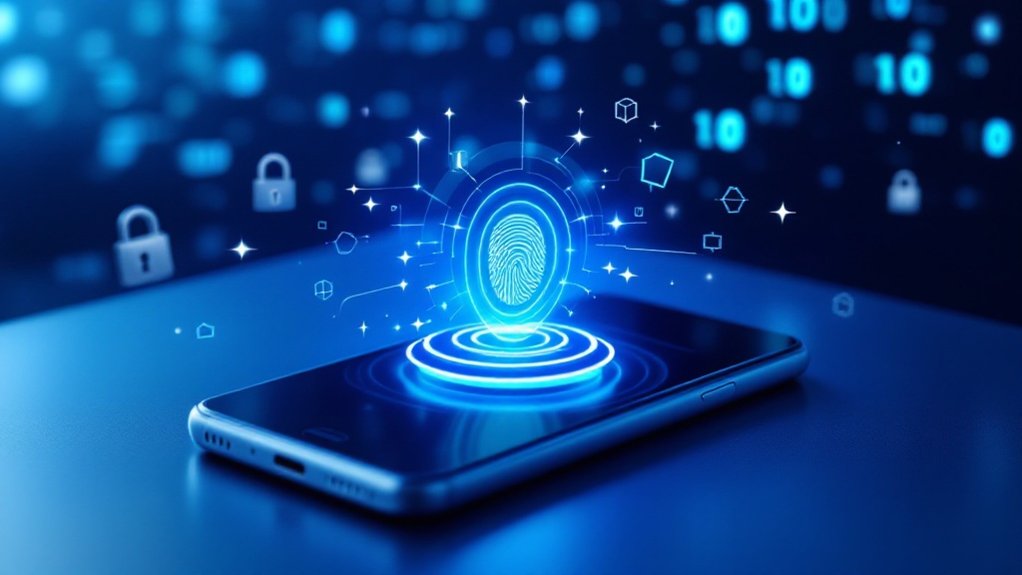When a hack occurs, immediate protective measures must be implemented across all affected accounts and devices. Users should reset passwords, facilitate two-factor authentication, contact financial institutions, and scan for malware. Documenting suspicious activity, monitoring credit reports, and placing fraud alerts help prevent further compromise. Professional IT assistance may be required for persistent issues, whereas ongoing security practices, including regular updates and encrypted connections, form a vital defense against future breaches. The following thorough steps provide important protection during this pivotal period.

Revealing a cybersecurity breach demands swift, methodical action to minimize damage and protect sensitive information. Upon realizing a hack, individuals must immediately reset passwords for all potentially affected accounts, implementing strong, unique combinations for each one. Security experts recommend utilizing a password manager and enabling two-factor authentication across platforms during the process of confirming all devices and sessions are properly logged out.
A thorough evaluation of the situation becomes critical in understanding the breach’s extent. Checking for password breaches online helps assess the vulnerability of current credentials. Users should meticulously examine their accounts for unauthorized transactions, suspicious emails, or altered settings, documenting all evidence of compromise. Real-time monitoring tools can help detect ongoing unauthorized activities. This documentation proves invaluable when reporting incidents to authorities and working with financial institutions to restore security.
Financial protection requires immediate communication with banks and credit card companies. Placing fraud alerts on credit reports and implementing credit freezes can prevent unauthorized accounts from being opened. Continuous monitoring of financial statements and immediate reporting of fraudulent transactions help minimize financial losses and expedite recovery processes. Watching for unfamiliar logins across your accounts can help identify potential ongoing breaches.
Swift action with financial institutions and continuous account monitoring form your first line of defense against cybersecurity breaches.
Device security demands extensive antivirus scans across all equipment, accompanied by system updates and removal of suspicious programs. Disconnecting compromised devices from networks prevents further unauthorized access, whereas professional IT assistance may be necessary for complex situations or persistent security issues.
Account recovery processes should be initiated through official channels, utilizing provided recovery options and security questions. Users must verify and update account recovery information while removing any unauthorized access or permissions that may have been granted during the breach.
Communication becomes crucial in containing the breach’s impact. Affected individuals should notify friends, family, and relevant contacts about potential suspicious messages or activity. Employers require immediate notification if work accounts are compromised, while identity theft resources can provide additional support and guidance.
Prevention of future incidents relies on maintaining updated security software, utilizing encrypted connections, and implementing regular data backups. Staying informed about emerging security threats and following cybersecurity best practices helps create a strong defense against future attacks, whereas regular security audits guarantee continued protection of digital assets.
Frequently Asked Questions
How Can I Tell if Someone Is Actively Monitoring My Device?
Several telltale signs can indicate active device monitoring, including unexpected performance drops, unusual battery drain, and inexplicable data usage spikes.
Users should watch for unauthorized apps, suspicious network connections, and random camera or microphone activation.
Further red flags include modified security settings, disabled protective software, strange browser redirects, and unexplained account activity.
Device temperature increases and mysterious background processes likewise warrant immediate investigation.
Can Hackers Access My Accounts Even After I Change Passwords?
Yes, hackers can maintain access after password changes through multiple persistent methods.
Session hijacking allows continued browser access until explicit logout, whereas malware and keyloggers capture new credentials.
Compromised recovery methods, including altered email addresses and security questions, facilitate unauthorized resets.
Connected accounts and third-party services provide alternative entry points.
Two-factor authentication, unique passwords, and regular security audits help prevent sustained unauthorized access.
Should I Pay the Ransom if My Data Is Held Hostage?
Paying ransomware demands is strongly discouraged by cybersecurity experts and law enforcement agencies.
Statistics show that 80% of organizations that pay are targeted again, whereas only 60% of encrypted data is restored on average after payment.
Instead, victims should contact federal authorities, utilize decryption tools from nomoreransom.org, and rely on backup systems.
Payment not only fuels criminal activities but may likewise violate sanctions and anti-money laundering regulations.
How Long Does It Typically Take to Recover From a Hack?
Recovery from a cybersecurity breach typically takes 24 days of downtime, according to recent industry data, though this duration varies markedly by sector.
Organizations require an average of 197 days to identify a breach and 69 days to contain it fully.
The energy sector demonstrates the fastest recovery times, whereas entertainment companies experience longer disruptions.
Companies that manage to contain breaches within 30 days typically save over $1 million in recovery costs.
Will My Insurance Cover Losses From a Cybersecurity Breach?
Coverage for cybersecurity breaches depends on the specific terms of an organization’s cyber insurance policy.
Standard policies typically provide $1-5 million in coverage for first-party losses, including data recovery and business interruption costs, in addition to third-party liability expenses.
Most policies cover legal fees, customer notification requirements, forensic investigations, and crisis management services, though deductibles averaging $2,500 may apply.
Policy exclusions and pre-existing security measures can affect claim eligibility.









